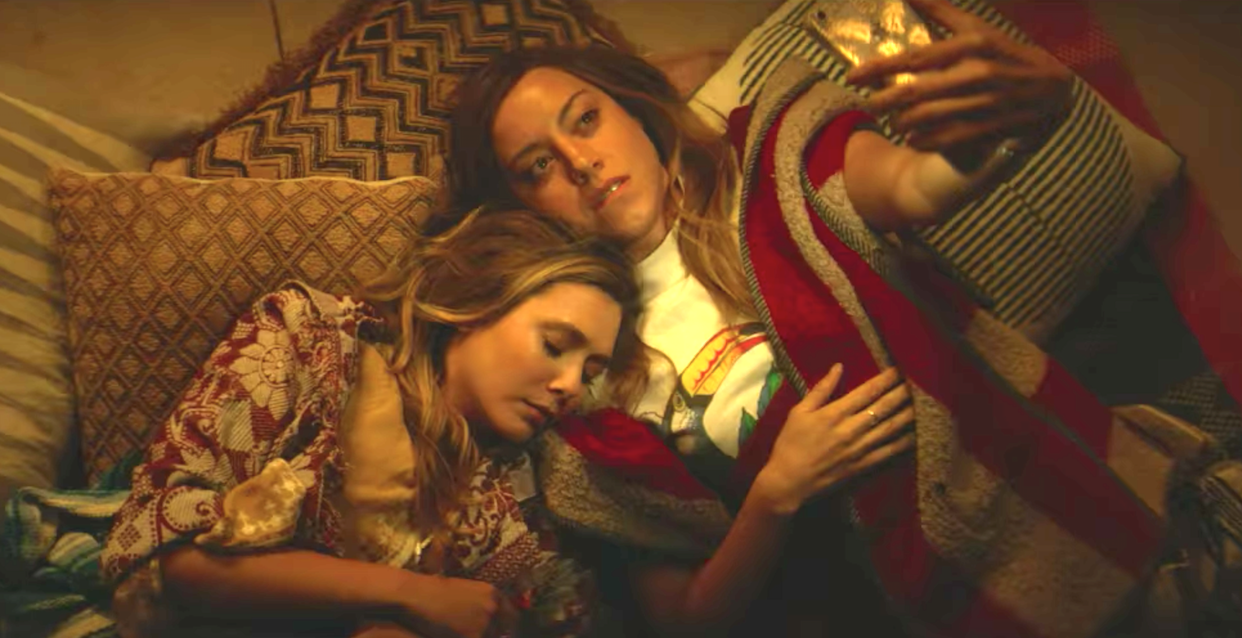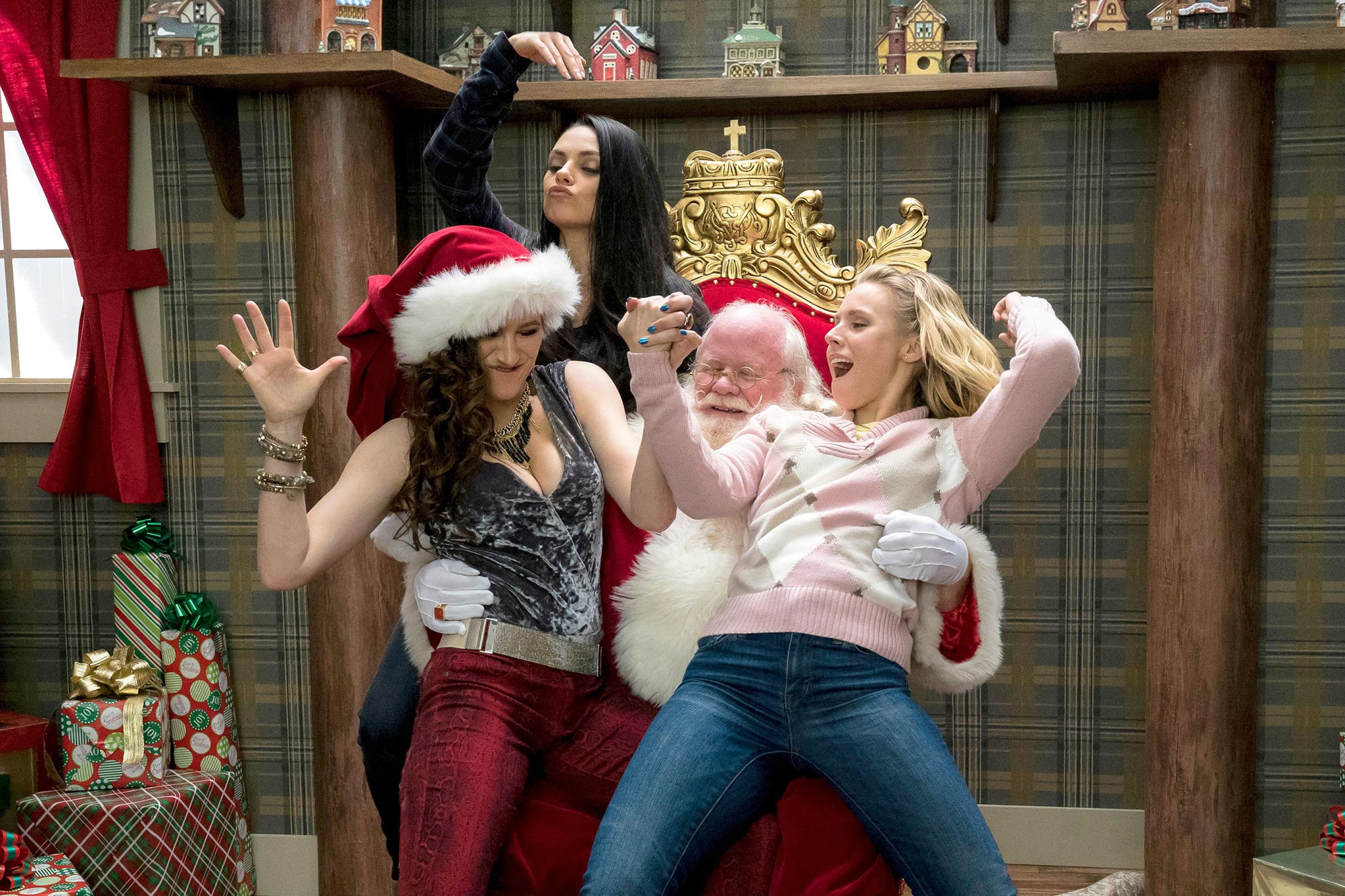The Florida Project
by Hope Madden
Full of the raucous rhythm of an unsupervised childhood, The Florida Project finds power in details and tells an unadorned but potent story.
Co-writer/director Sean Baker follows up his ambitious 2015 film Tangerine with another tale set gleefully along the fringes of society. Where Tangerine used weaves, stilettos and spangles to color the Christmas antics of Hollywood hustlers, here Baker fills the screen with bold colors and enormous, cartoonish images to create a grotesquely oversized playground.
The film begins with as perfect a movie opening as you will ever see.
Six-year-old Moonee (an astonishing Brooklynn Prince) wastes her summer days wandering the Orlando strip surrounding her home, a vivid purple bargain motel catering less to Disney World tourists than to tenants who can’t afford the security deposit world of traditional housing.
When she’s not out finding adventures with her besties Jancey (Valeria Cotto) and Scooty (Christopher Rivera), Moonee’s probably hustling wholesale perfumes to tourists with her mom Halley (Bria Vinaite).
The one true grown up in the mix, motel manager Bobby, is played with charm and tenderness by Willem Dafoe.
Baker’s many talents include an ear for authentic dialog, a knack for letting a story breathe and an eye for visual details that enrich a tale. But maybe what’s most striking is his ability to tell fresh but universal stories. We all remember elements of unbridled recklessness in our childhood, although very few of us grew up the way Moonee does.
Baker creates a bridge into Moonee’s life, revels in her freedom and bravado, but keeps us always aware of the dangerous edges when you’re blurring childhood and adulthood.
It’s the concept of childhood and adulthood that preoccupies Baker and his story, set in this absurd, low-rent amusement park of a world. As Mooney’s mother, Vinaite offers a fierce mixture of childishness all her own as well as street-savviness. Halley keeps the ugliness of the world away with her own whimsy, and Vinaite’s onscreen chemistry with Prince is authentic and full of tenderness.
As much as Tinsel Town was the perfect backdrop for the struggling glamour of Tangerine, the shadow of Disney World is almost too perfect a setting for the grinding poverty and perverted innocence of The Florida Project.











